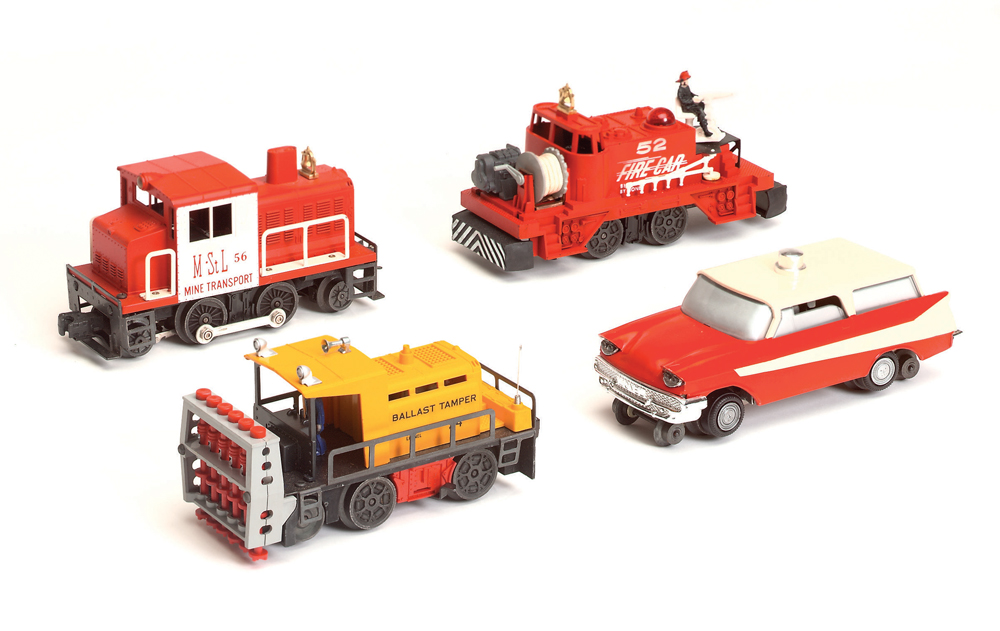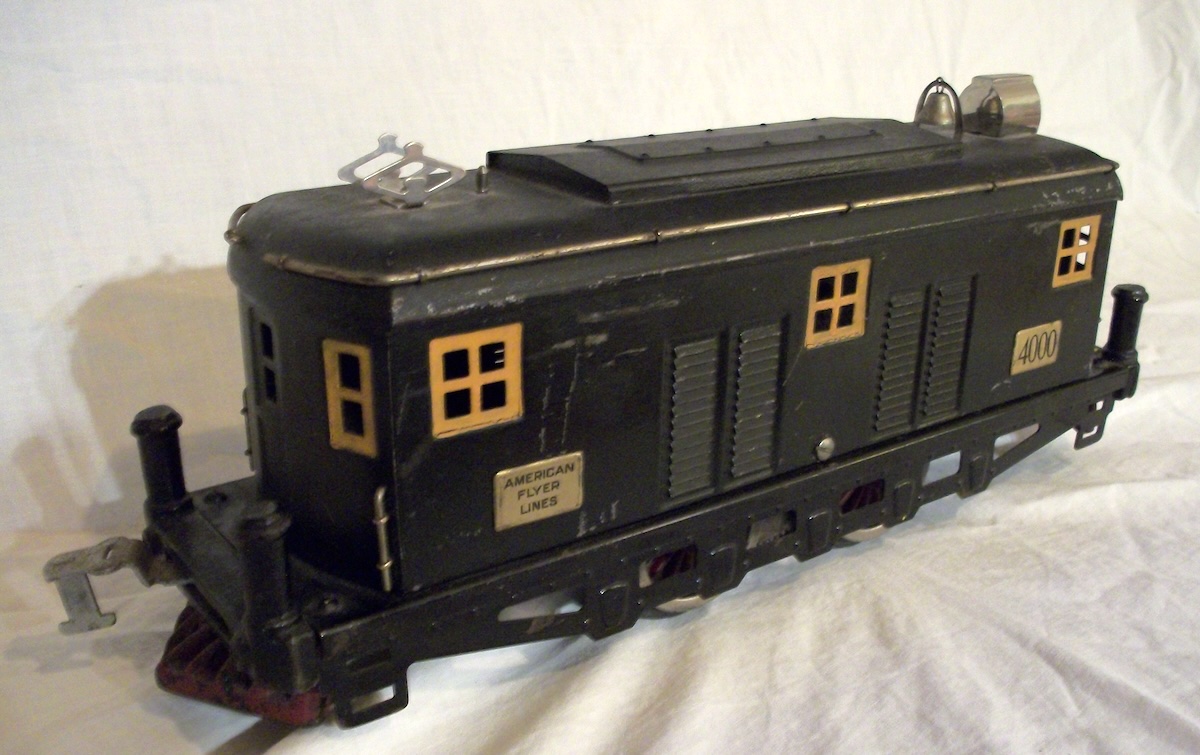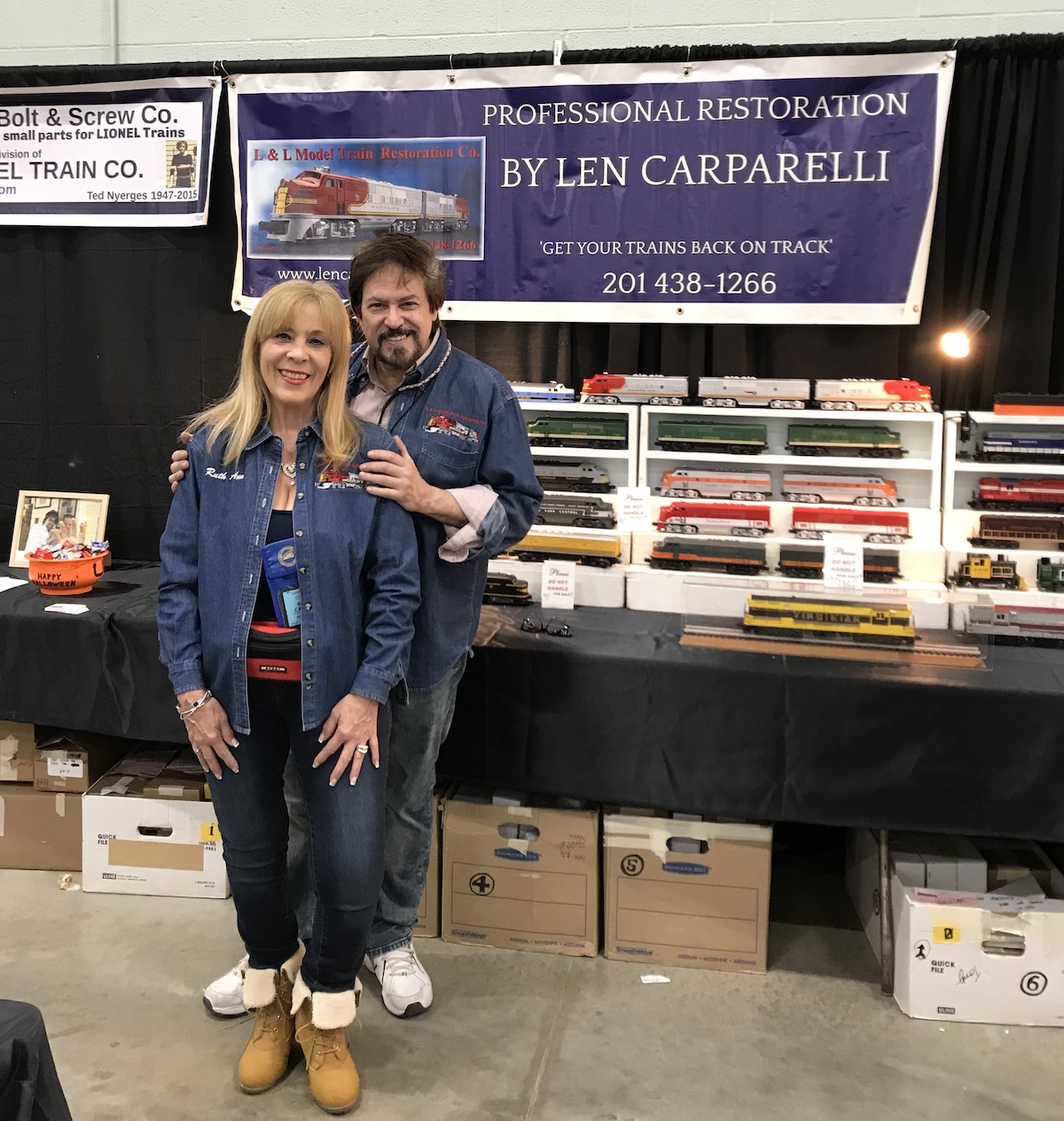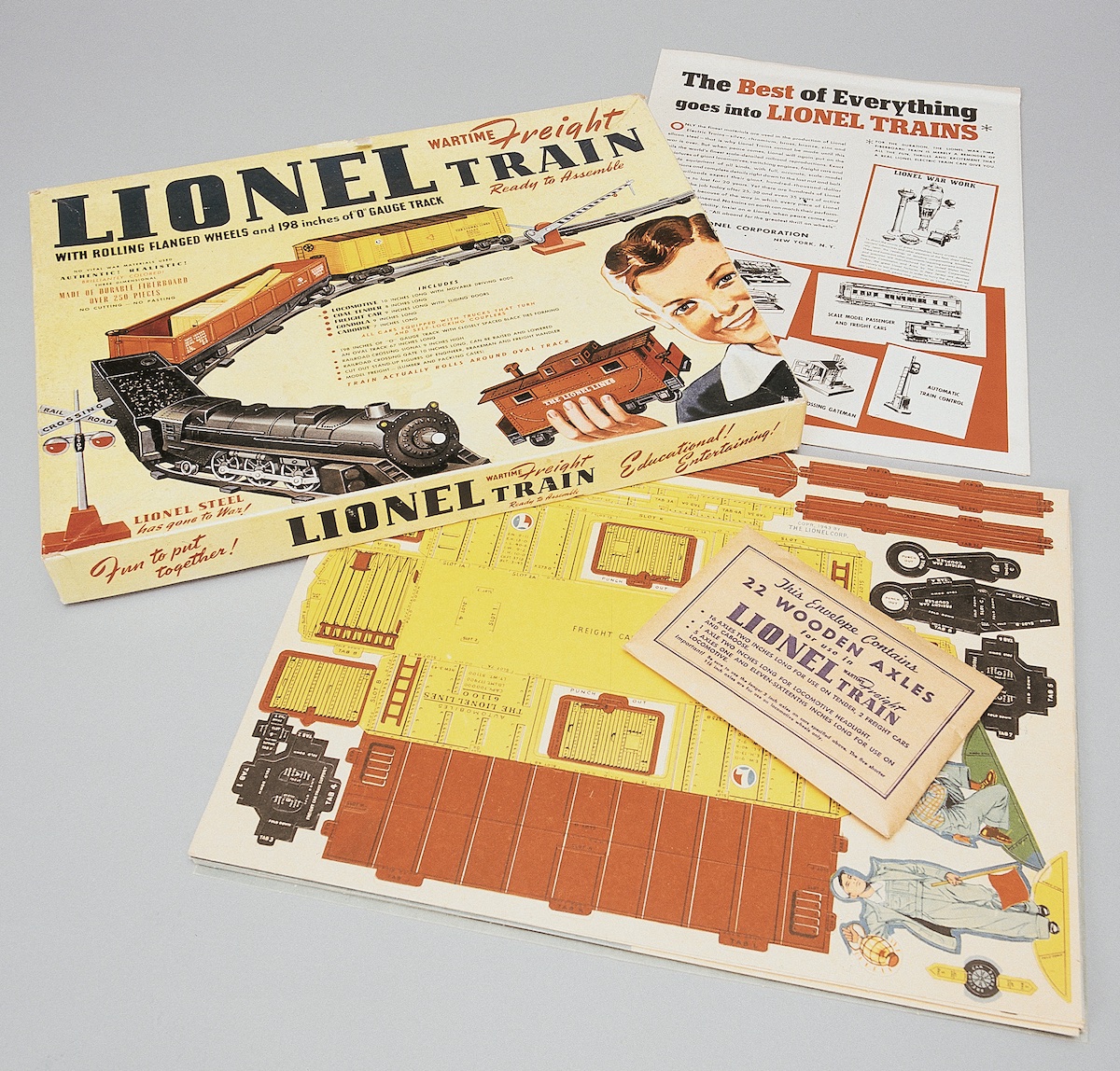Kids of the 1950s loved Lionel’s little switch engines. The stubby proportions and whirling drive rods of these classics give them an industrious appearance as they scoot around a layout. Lionel produced them in a number of colorful and collectible variations.
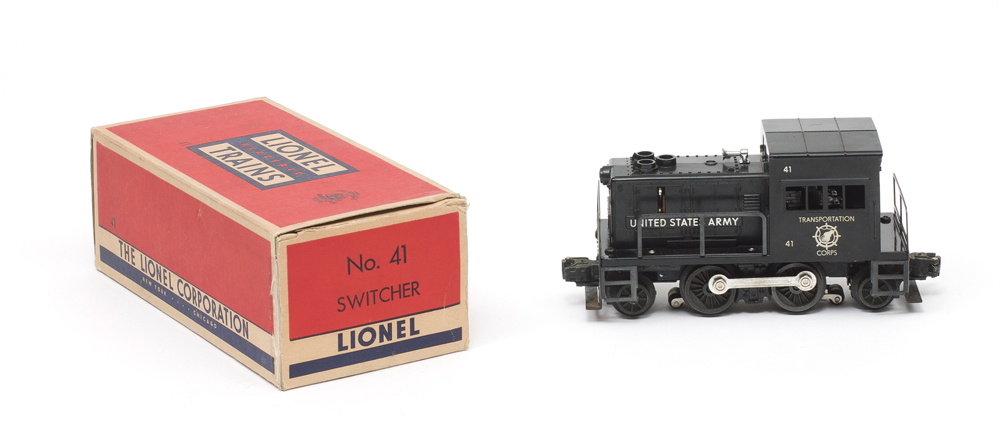
Did the prototypes really exist? Yes, at least in their initial releases. Lionel was cutting-edge with its No. 41, the first in the line, releasing it only a year after the prototype entered service. Not only was Lionel’s switcher surprisingly accurate, it was surprisingly successful, for its successors have continued to be part of the Lionel line.
Army prototype
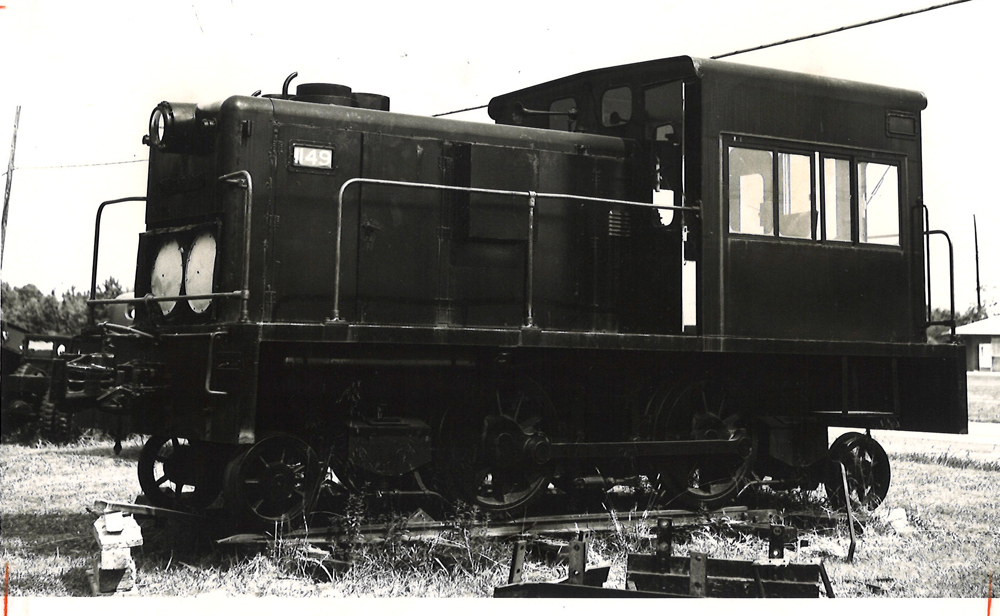
The U.S. Army Transportation Corps, looking for a lightweight, powerful locomotive that could run on a variety of fuels, began to research the feasibility of using a gas turbine to power a locomotive in 1950. Two years later, its Transportation Research and Engineering Command (TRECOM) decided to procure a gas-turbine switcher. TRECOM, in turn, enlisted Boeing as the contractor for the locomotive, and Boeing contracted with the Davenport (Iowa) Locomotive Works for the construction of a 30-ton locomotive.
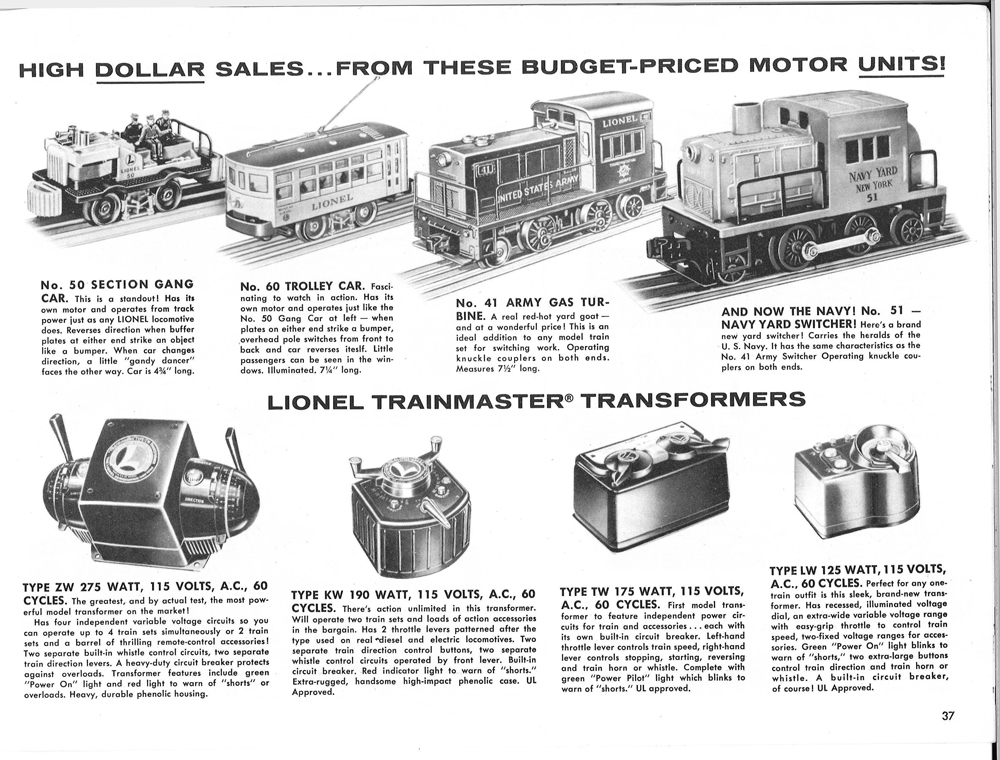
This locomotive, the prototype for Lionel’s No. 41, was 24′-6″ long and had a 1-B-1 (2-4-2, in steam terms) wheel arrangement. There were only two turbines in the switcher, not three. What appears to be a third exhaust stack is the air outlet for the oil cooler. Wearing the number 1149, it entered service in 1954 and served at Fort Eustis, Va., until 1957, when its gearing failed. The Army sold its Davenport turbine switcher to a construction firm in 1959, and though a variety of other turbines found limited success in rail applications, it appears that this particular design was not repeated.
The Army’s new switcher was a natural choice for Lionel. It was up-to-date and fit well with what would become two of Lionel’s emphases during the late 1950s: motorized units and military equipment. The Army switcher, in fact, ranked as Lionel’s first piece of military equipment and (along with the No. 60 trolley) second only to the No. 50 Section Gang car in seniority among the motorized units.
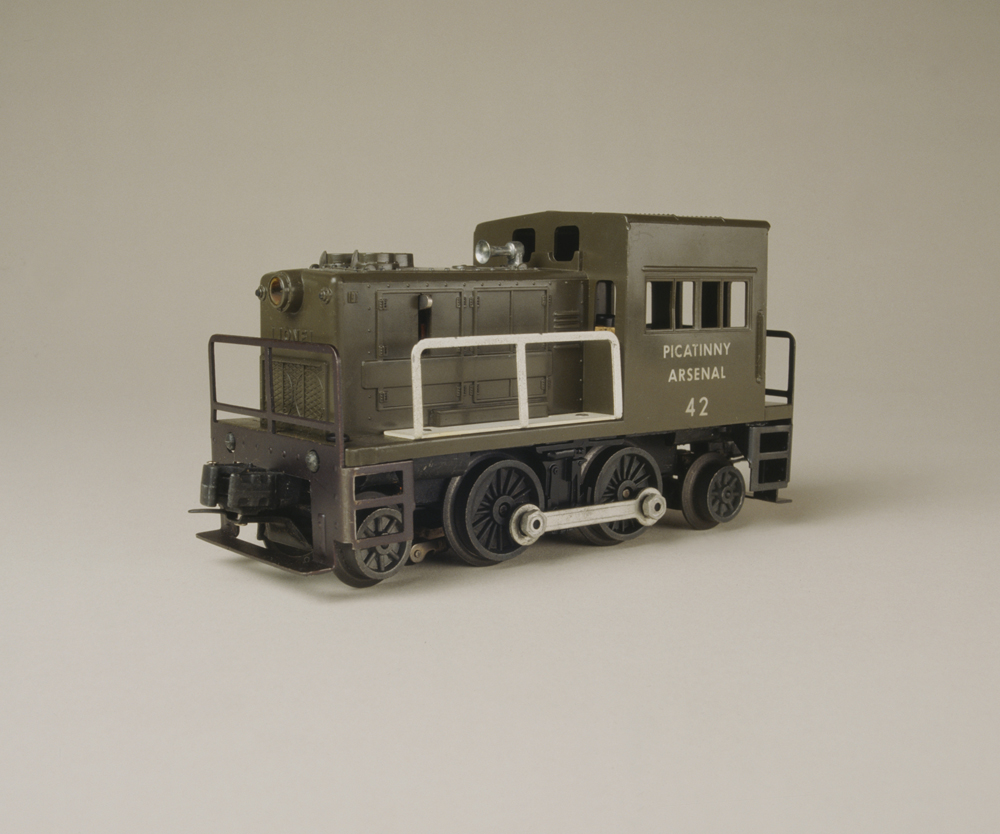
The Lionel Corp. used its Davenport switcher body for the black No. 41 of 1955-57, the green No. 42 Picatinny Arsenal switcher of 1957, and the white No. 59 Air Force switcher of 1962-63. The AC motor of these units is sturdy, though it requires frequent lubrication. They have three-position E units.
Navy prototype
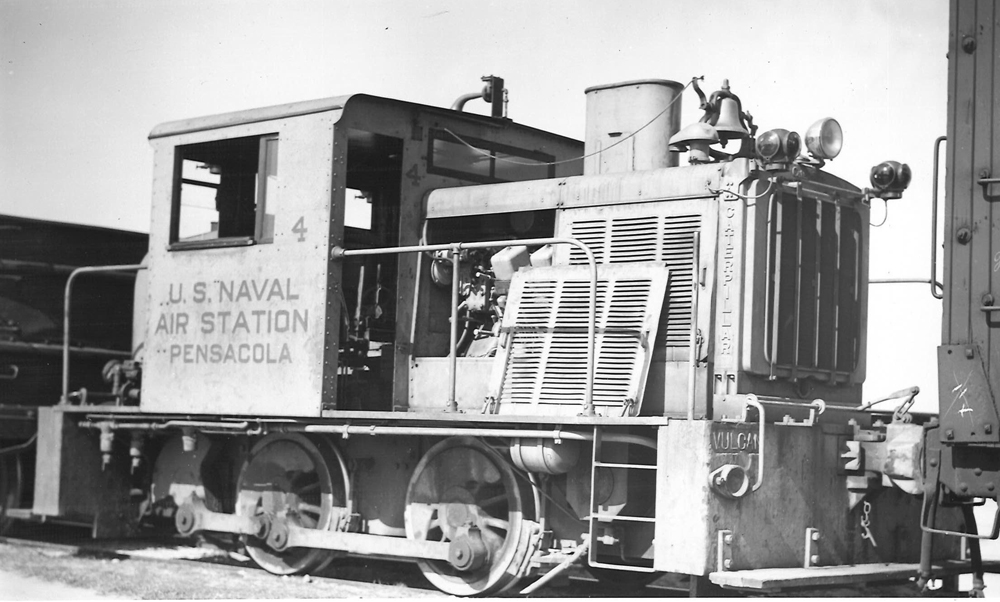
Lionel’s other switcher body, used for the No. 51 Navy switcher of 1956-57, the No. 56 Minneapolis & St. Louis Mine Transport switcher, the No. 57 Atomic Energy Commission switcher, and other motorized units, follows the design of a 1940s-vintage 30-ton Vulcan diesel switcher used by the U.S. Navy.
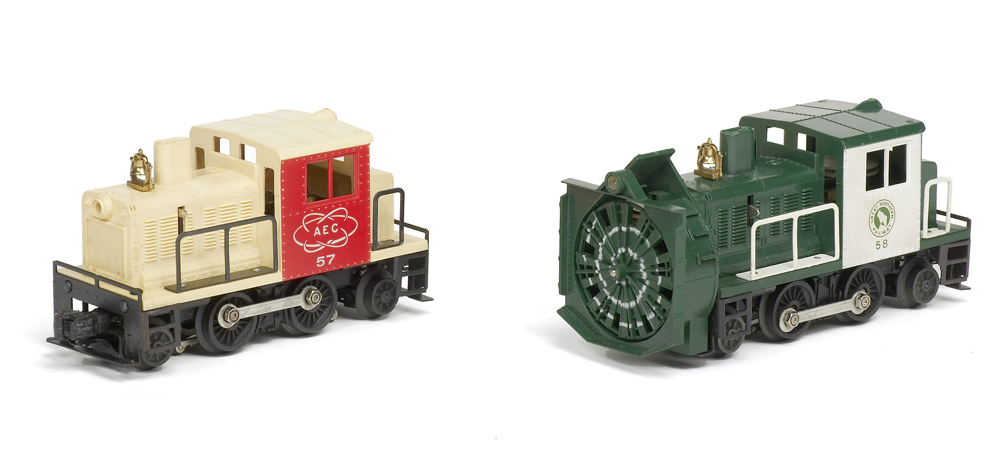
Though Lionel’s Vulcan body matches the design of the prototype quite closely, Lionel chose to use the same mechanism as the No. 41 for these switchers, rather than the four-wheel (with rear jackshaft) drive of the prototype. Lionel’s successor firms have all used the Vulcan body for switchers and motorized units.
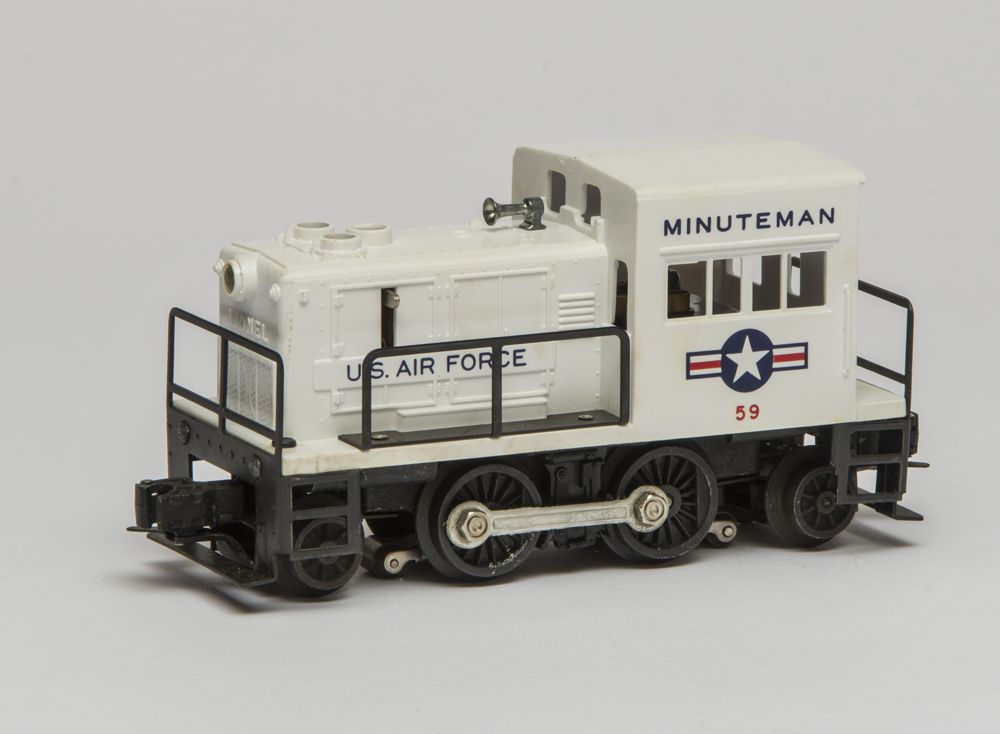
Though for the second time in a decade a turbine that Lionel had bet on turned out to be one-of-a-kind (the other being the 6-8-6 S-1 Pennsylvania steam turbine), the turbine switchers and their diesel cousins remain favorites today. Lionel succeeded where the prototype failed, and did so with surprising accuracy.
